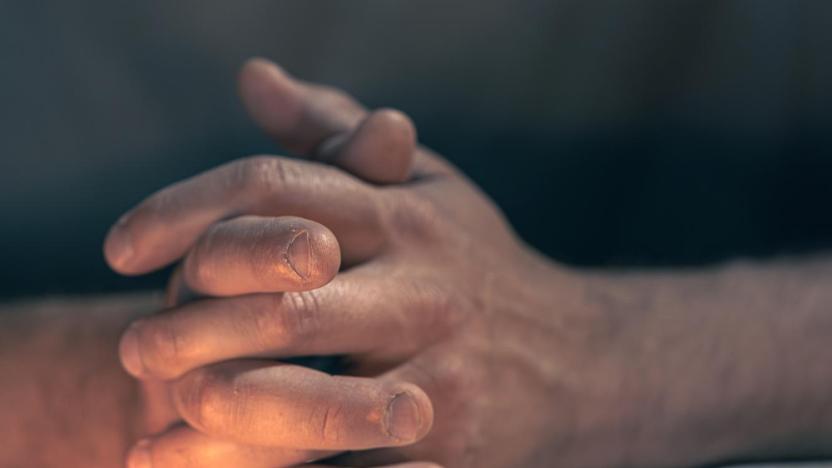In Rome I feel beckoned to visit a few places each time I return, and I must admit this is true of many places I travel.
The Basilica of Santa Prassede is believed to have been built about 780 AD over the hot baths, or thermae, owned by the family of Paul’s first convert in Rome. Prassede and Prudentiana, the convert’s daughters, joined him in accepting the faith and were later martyred. This is a quiet, peaceful church built to remember the sisters. The church’s mosaics are so old the style tells their age. Brilliant blue, red, gold, and green make up some of the spectrum of colored glass and stone pieces creating lilies, poppies, palm trees, sheep, sky, rivers, cities, disciples, and Jesus lining the arches, walls, and domes throughout the church.
A short Metro ride or a 20-minute walk takes you to the Cathedral of St. John Lateran. It has a significant and lengthy history in Rome and Christianity, but the reason why I like to walk past is an Egyptian obelisk behind the church that stood in Egypt during the time of Moses. During Moses’ youth in Egypt, what would he have thought if he could have seen how many pilgrims and wanderers would walk past its tall form over the centuries?
A short walk downhill toward the Colosseum lies the Basilica of San Clemente. Tradition says that there was a private home several layers below the current church that was the site of clandestine early Christian worship. The charm for me in visiting is not the church itself (although beautiful), but the cloister, or courtyard, with shade and quiet away from the city bustle just outside its walls.
Campo di’ Fiori, which means field of flowers, is a public space that sits near the River Tiber and is surrounded by tall buildings and old narrow streets named for trades. The campo is home to a produce and flower market now. I’ve only been there in fall when it is filled with pumpkin, squash, gourds, spices, pomegranates, mums, and endless varieties of blooms. A pizza shop sits in the ground floor on one side of the campo, and the thin crust wonders are baked on dough stretched six-feet long with fresh toppings including potato, tomato, and rosemary. The warm, fresh pizza folded in half within paper is still unforgettable eight years since my last taste.
Across the river and past the frequent umbrella pines, the Vatican Museum holds paintings where I pause to remember. In the high renaissance Raphael rooms there are three frescoes that have not been forgotten to me among the endless paintings in the museum. The ceiling in the room of Constantine depicts the idol Dagon in Ashdod that was found on the ground twice, broken the second time, after the Ark of the Covenant was moved into the house (1 Samuel 5). This room has paintings on the walls that tell the story of Constantine’s conversion and victory at the battle of Milvian Bridge, and in this ceiling painting, the cross has been substituted for the Ark in the background symbolizing God’s victory over Roman paganism.
Another Raphael room is home to ‘The School of Athens’, which represents the progression of thought and philosophy over the ages. Classical figures in the painting include Aristotle, Plato, Euclid, Socrates, and other Greek philosophers, and common to the time, Raphael used modern faces to represent the characters: Michelangelo, Bramante, Giorgio Vasari, Leonardo di Vinci, and Raphael himself. Michelangelo sits in the foreground of the painting wearing his well-known leather boots, often worn when he slept because he was so distracted with his work painting the Sistine Chapel. The story is that Raphael got a glimpse of Michelangelo’s Sistine Chapel work, which had been very guarded from outside eyes, and returned inspired. He went on to add more characters and complexity to ‘The School of Athens’ and his work because of his awe over the Sistine Chapel.
The next and final room holds ‘Deliverance of Saint Peter’ illustrating the story of the angel releasing Peter from prison in Acts 12. I like that the last of the Raphael rooms holds a painting of the one Bible story unstained by philosophy or paganism. Below the painting rests a window that adds an otherworldly glow of natural daylight to the glory of the angel deliverer in the painting. Certainly this story wasn’t chosen to illustrate it, but to me this painting in this room points to the hope of the undiluted truth of the Bible overcoming all philosophy and false belief.
There are so many more moments, sites, and memories that I could relate. Every time I visit Rome I leave with a longer list of places yet to experience and places where I must always return to visit like an old friend.
God Speaks
Over time, travel has taught me that I find God in every-day moments whether through the natural world, art, literature, and even work. Maybe being away from my normal environment heightens my awareness to how frequently God nudges my soul.
God speaks to Elijah after he had run away from Ahab’s threats and had the benefit of rest:
"'Go out and stand before me on the mountain,' the Lord told him. And as Elijah stood there, the Lord passed by, and a mighty windstorm hit the mountain. It was such a terrible blast that the rocks were torn loose, but the Lord was not in the wind. After the wind there was an earthquake, but the Lord was not in the earthquake. And after the earthquake there was a fire, but the Lord was not in the fire. And after the fire there was the sound of a gentle whisper. When Elijah heard it, he wrapped his face in his cloak and went out and stood at the entrance of the cave" (1 Kings 19:11-13 NLT).
The wind, earthquake, and fire provided plenty of surrounding noise and light, but I think God prefaced the sound of the gentle whisper with the bright noise to provide contrast and recall to Elijah the memory of how God spoke to him. Elijah knew the gentle whisper like an intimate friend. He had been seeing and hearing God through the gentle whisper for years. However, the stress and chaos became so loud he had a case of amnesia until God gave him a demonstration of His power over the other elements and then reintroduced the gentle whisper of His voice.
Call to Action
Where is God as we move through the mundane every day life?
How does He reveal Himself to us?
These memories of places and moments in Rome have taught me how God can use seemingly insignificant things as a gentle whisper to say He is by our sides. The rhythm of ocean waves, the chatter of the squirrels, and the unexpected bloom of a flower can do the same here at home.
If you think God is not with you or speaking to you, look around. You might be surprised.




